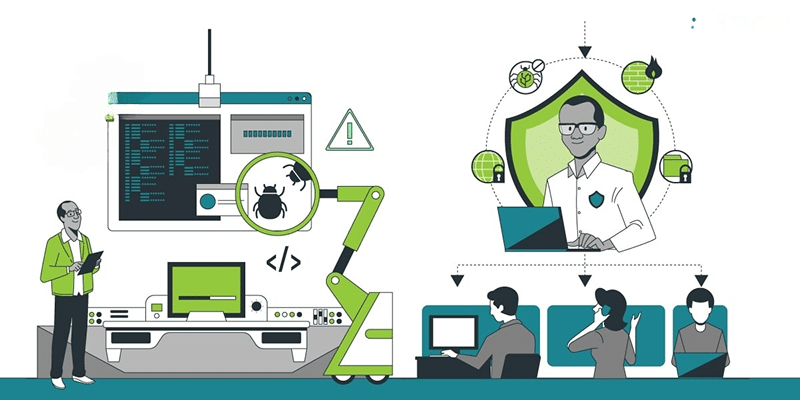The world of tech is evolving fast, and so is the world's consciousness. This has made sustainability more significant. Green Testing, a revolutionary concept within the sphere of software quality assurance (QA), presents an essential means to harmonize the software development process with the concern for the environment. Through integrating sustainability into QA, organizations can greatly minimize their carbon footprint and ensure the provision of high-quality software solutions.
Why Green Testing Matters: A Modern Imperative
Data centers, cloud computing, and constant deployment of software have all had a profound environmental impact on the operations of IT. QA teams are in the best position to make every step of software development involve green ways, thus ensuring sustainability is a goal but a deliverable too.
Redefining Test Strategy for Sustainability
Traditional QA methods avoid the use of energy consumption metrics during testing. Green Testing prescribes redesign of test strategy by reducing the utilization of resources. For example, running automated test suites during off-peak times or eliminating duplicated test runs greatly reduces energy consumption.
Green Metrics: The New Benchmark in QA
Sustainability has to be measured. Green metrics can be used by QA teams to measure and analyze the environment impact of the testing process. These may include:
- Energy usage per test cycle.
- Cloud resource utilization rates
- Hardware lifecycle assessments during test execution.
These parameters are tracked to ensure that QA contributes to sustainability goals.
Eco-Friendly Test Environments
Virtualization and containerization are the transformative tools in Green Testing. Using lightweight environments like Docker or Kubernetes, QA teams can:
- Reduce the amount of hardware used for testing.
- Reduce the amount of hardware used for testing.
- Save energy during test runs.
These best practices minimize the reliance on physical infrastructure and make QA a part of sustainable development.
Shift Left Sustainability: embedding green testing early on
The “Shift Left” philosophy, which promotes early-stage testing, can be extended to sustainability efforts. By incorporating energy efficiency and resource optimization in the early development stages, QA teams can proactively reduce the carbon footprint of applications before they go live.
Optimizing Test Automation for Sustainability
Automation plays a pivotal role in software QA, but it can also be resource-intensive. Sustainable automation practices include:
- Selectively automating high-impact test cases to avoid redundancy.
- Smart scheduling of tests to reduce server loads.
- Use of energy-efficient scripting languages and tools.
Collaboration with Developers and DevOps
Green Testing is not a solo activity; it requires collaboration. QA teams must collaborate with developers to identify energy-intensive code and suggest optimizations. Sustainability checks in CI/CD pipelines ensure that green practices become part of the development lifecycle.
Real-World Impact: QA's Contribution to a Greener Planet
Through Green Testing, QA teams can now directly influence an organization's carbon footprint. Everything, starting from reducing the energy consumption of testing tools to optimizing cloud resource usage, contributes towards a greener digital ecosystem.
Future Trends in Green Testing
With sustainability becoming an important business driver, Green Testing will only continue to grow. A few emerging trends are:
- AI-based resource optimization for QA processes.
- Cloud platforms offering sustainable insights for testing.
- Green Testing practices to be certified, thus promoting mass adoption.
Conclusion: QA as a Catalyst for Change
Green Testing is more than a QA initiative; it is a move toward responsible technology. QA teams can ensure that software development contributes to a healthier planet by embedding sustainability into their processes. These practices do not only show environmental accountability but also promote innovation and efficiency in the delivery of software.

